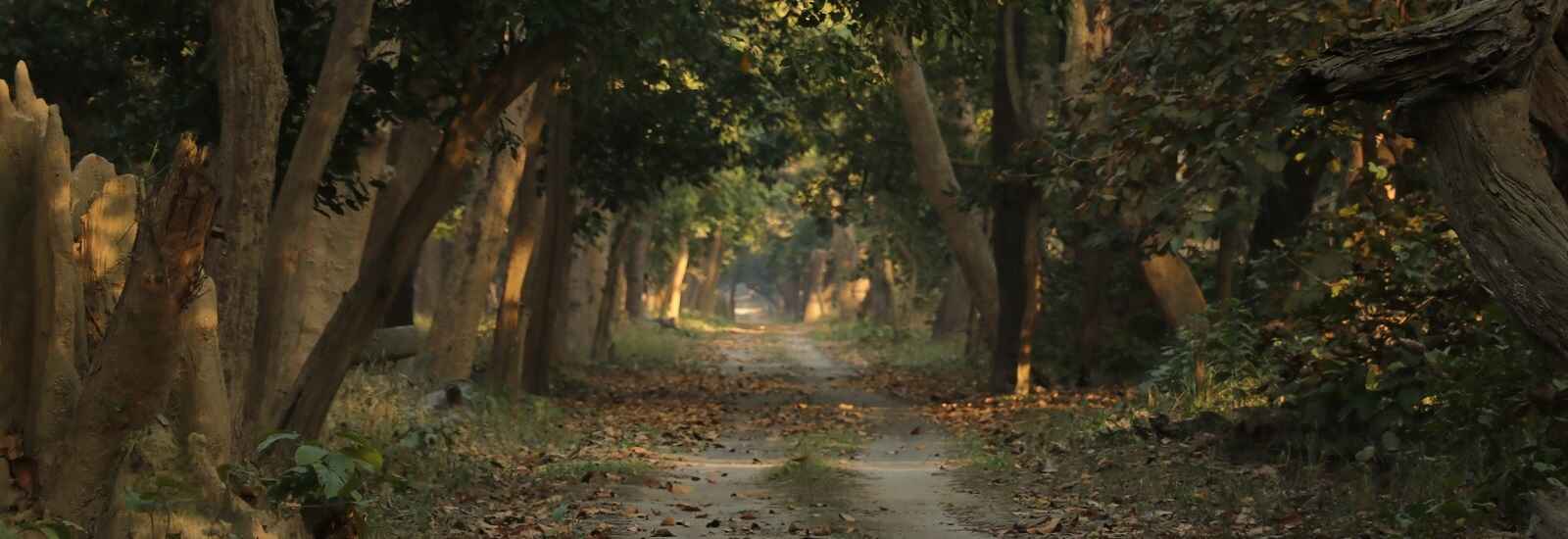 |
Wind Speed: 5 km/h
|
Humidity: 62%
|
AQI: PM2.5 - 81.45 &
PM10 - 82.15
|
Wind Speed: 5 km/h
|
Humidity: 62%
|
AQI: PM2.5 - 81.45 &
PM10 - 82.15 

Flora & Fauna At Pilibhit Tiger Reserve
Wild Wonders of Pilibhit Tiger Reserve- Flora & Fauna
Pilibhit Tiger Reserve is a national example of wildlife conservation and community-based eco-tourism. Ptr has seen an incredible increase in the population of tigers since its announcement in 2008, with there being only over a dozen tigers and now over 90 plus tigers in less than 12 years. The reserve received the TX2 Award in 2020 presented by WWF & Global Tiger Forum in recognition of doubling the number of tigers- an honor given to very few tiger reserves in the world. This has largely been achieved due to the successful relocation of villages outside the core area, anti-poaching efforts, and the application of technology such as camera traps and e-patrolling. Participation of the communities through the eco-development committees and sustainable tourism in areas such as Chuka Eco-Tourism has empowered the people to lessen their reliance on forest resources. Pilibhit is the illustration of the fact that forests can be not only saved but also can flourish and reward Nature and people.
Key Wildlife Species:
Pilibhit Tiger Reserve is a rich ecosystem, which is home to elusive and iconic species. The Bengal tiger, the king of the forest, feels great here due to the high density of prey and secure corridors. In addition to the tigers, you will find leopards, sloth bears, Indian hyenas, and jackals. In the tall Terai grasslands, there are rare and beautiful swamp deer (barasingha) which is a flagship species of the region. Sambar, spotted deer, hog deer, and nilgai are some other herbivores that are easily seen and every safari is an adventurous one. The park is also home to reptiles like the Indian python, monitor lizard, and some species of turtles. It could be a large cat crossing the road or a group of deer eating grass peacefully, but in any case, Pilibhit will provide you with an unrefined and satisfying look at the Indian wildlife legacy.
Bird Species (Migratory & Resident):
Birdwatchers have found Pilibhit Tiger Reserve to be a heaven with more than 400 species of birds, both resident as well as migratory. Wetlands, riverbanks, and thick canopies in the reserve bring forth astonishing varieties of avian populations. In winter, birds such as the bar-headed goose, ruddy shelduck, mallards, and common teal fly in from faraway places making the skies look like a fluttering show. Great hornbill, Indian grey hornbill, white-throated kingfisher, woodpeckers, and peafowls are some of the common resident species seen here. Chuka wetland region is particularly a favorite amongst bird lovers. These birds not only make the reserve more aesthetically pleasing but also perform extremely crucial functions of pollination, seed dispersal, and the preservation of the ecological balance. Pilibhit can provide one of the most rewarding birdwatching experiences in North India with a pair of binoculars and a fair share of patience.
Flora & Vegetation Types:
Pilibhit Tiger Reserve flaunts a typical Terai ecosystem, with densely moist sal forest, tall grasslands, and riparian vegetation. Its tree species is mainly Shorearobusta (sal) which grows in dense canopies allowing shelter to wildlife and contributing to keeping the region humid. Such species as sissoo, khair, jamun, and bamboo grow profusely along with sal. The wide grasslands accommodate herbivores and ground-nesting birds, and wetland vegetation feeds aquatic species. There are also pockets of medicinal plants and undergrowth species like tulsi, ashwagandha, and amla. This mix of forests, grassland, and wetland, renders Pilibhit a biological corridor and an ecological treasure chest, which is home to a variety of life forms and therefore, natural resistance to climatic changes and habitat degradation.





 How To Reach At PTR
How To Reach At PTR
